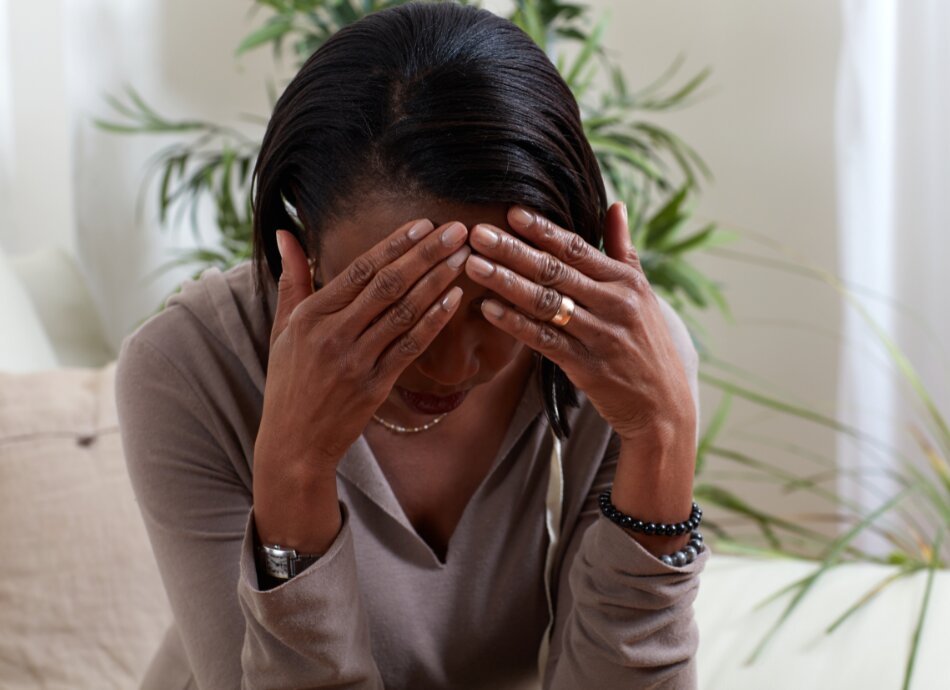Cluster headache is one of the most painful conditions known to humans. Women who experience cluster headache describe the pain as worse than childbirth.
- It is characterised by strictly unilateral (one-sided) extreme pain.
- The distribution of pain is usually around or behind the eye.
- People may have up to 8 attacks per day, with each attack lasting between 15-180 minutes.
- The pain is accompanied by restlessness or agitation.
- Pain is accompanied by autonomic symptoms in varying combinations on the same side as the pain, eg, drooping of the eyelid, redness of the eye, watering from the eye, runny nose.
- Pain typically occurs in ‘cluster bouts’ lasting 6–12 weeks with a symptom free period before the next bout.
- Pain may follow a striking circadian rhythmicity. For example, if a patient is woken up with pain at 1 am in the middle of the night, the pain may recur at the same time the following night and so on for the duration of the ‘cluster bout’.






